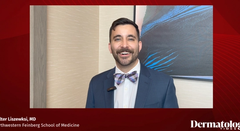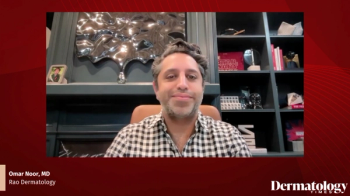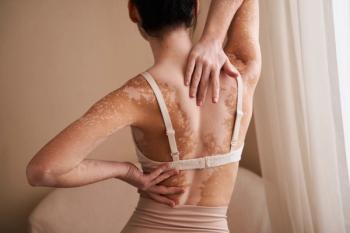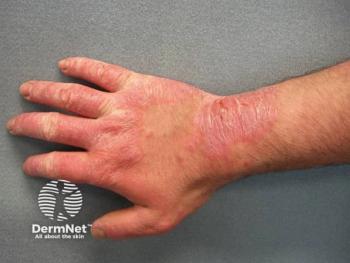
Leveraging Topicals to Address Severe Itch in Pediatric Atopic Dermatitis
In a discussion on pediatric AD management, Shanna Miranti, MPAS, PA-C, emphasized the enduring role of topical treatments for residual itch and flares, and highlighted the importance of rapid-acting agents such as ruxolitinib cream.
Episodes in this series

In a clinical discussion on moderate to severe pediatric atopic dermatitis (AD), Shanna Miranti, MPAS, PA-C, emphasized that topical therapy remains a critical component of long-term disease management, even when patients are receiving systemic or biologic treatments. She explained that although systemic agents help control inflammation “from the inside out,” most patients will still experience flares, residual itch, or localized lesions that require topical intervention. Miranti, a board-certified physician assistant at Riverchase Dermatology and a Dermatology Times editorial advisory board member, describes this to patients and caregivers as needing “touch-up paint,” reinforcing the idea that adjunctive topical therapy is an expected and essential part of disease control.
Miranti routinely co-prescribes topical therapies alongside systemics or biologics, provided it is appropriate for the patient's age and clinical profile. She noted that this layered approach helps address persistent symptoms such as dryness, inflammation, and especially itch, which remains the most distressing and frequently reported symptom in pediatric patients with AD. Notably, she highlighted that itch is also a top concern for caregivers, often second only to sleep disruption.
Among the topical agents discussed, ruxolitinib cream (Opzelura; Incyte) stands out for its rapid antipruritic effect. Miranti cited data showing itch relief within 15 minutes of application, which she described as highly motivating for both patients and caregivers. Being able to promise rapid symptom relief can significantly improve treatment adherence and satisfaction. However, she acknowledged that all FDA-approved nonsteroidal topicals, including ruxolitinib, tapinarof (Vtama; Organon), and roflumilast (Zoryve; Arcutis Therapeutics), have demonstrated meaningful itch reduction in clinical trials and real-world use.
Overall, Miranti’s approach demonstrates the importance of individualized, multimodal therapy in pediatric AD, with topicals serving as both primary and adjunctive tools to address the fluctuating nature of disease activity and provide targeted, symptomatic relief.
Newsletter
Like what you’re reading? Subscribe to Dermatology Times for weekly updates on therapies, innovations, and real-world practice tips.






















